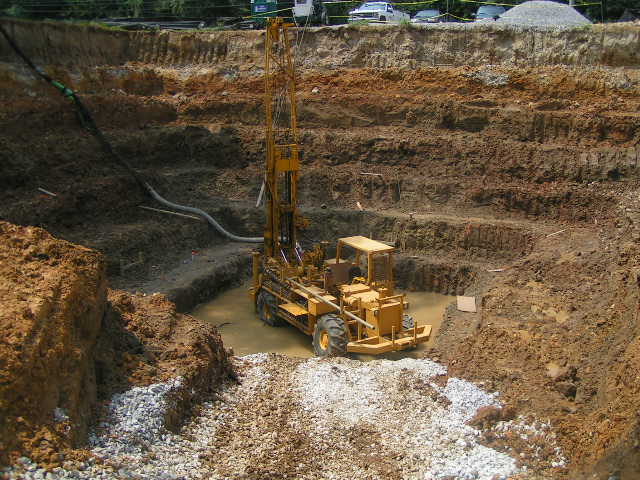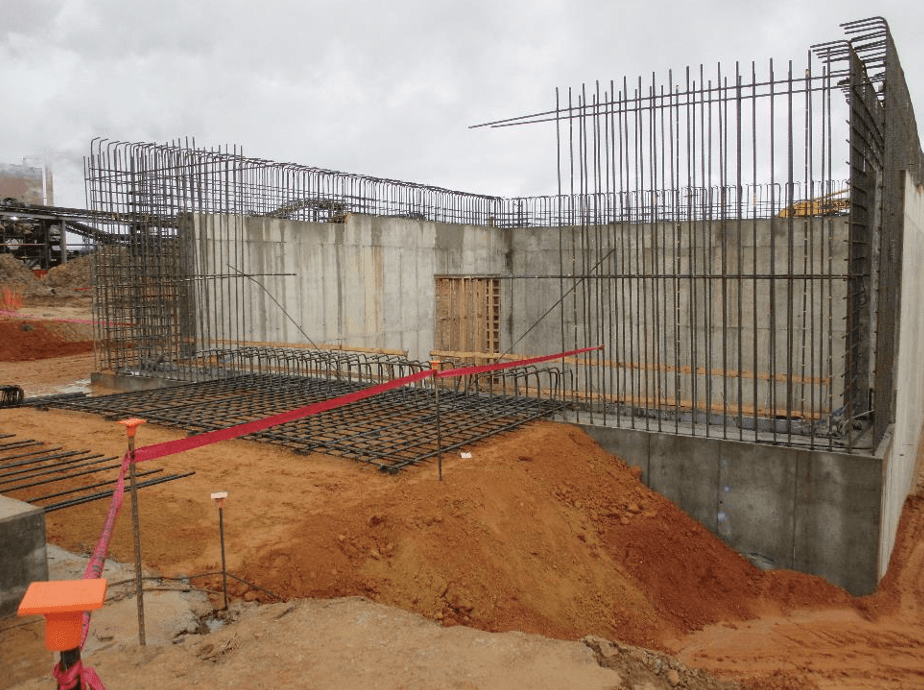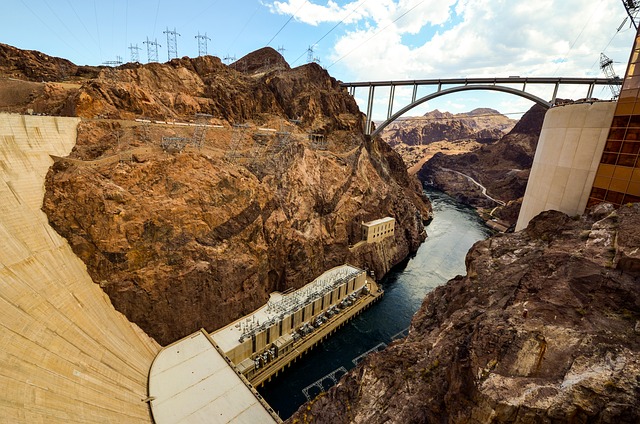A Comprehensive Examination of the Solutions Provided by Consulting Engineers in the Area of Geotechnical Engineering: From Website Investigation to Job Implementation
Consulting designers in geotechnical design play an essential duty in the effective implementation of building and construction projects, beginning with comprehensive site investigations that reveal crucial subsurface conditions. Their competence prolongs to dirt residential property analyses, ecological influence examinations, and the cautious tracking of job application, guaranteeing positioning with safety and sustainability standards.
Significance of Geotechnical Engineering
Geotechnical design is a critical discipline that underpins the safety and security and sustainability of civil framework jobs. By comprehending the mechanical behavior of soil and rock products, geotechnical engineers evaluate the viability of websites for different buildings, including structures, bridges, and dams. This essential analysis makes certain that structures can withstand ecological variables and tons without experiencing failure.
The importance of geotechnical design prolongs beyond plain structural safety; it additionally includes environmental stewardship. Correct geotechnical evaluations add to lessening the environmental influence of building. Via cautious evaluation of dirt residential properties and groundwater conditions, designers can develop structures and keeping frameworks that alleviate risks such as erosion and landslides, advertising long-lasting security.
Additionally, geotechnical design plays an important duty in job price management. geotechnical works. By recognizing potential problems early in the layout phase, designers can recommend proper solutions, therefore staying clear of costly hold-ups and redesigns throughout construction. This positive approach not only boosts project effectiveness yet also substantially reduces dangers linked with unexpected website problems
Site Investigation Methods
Reliable website investigation methods are crucial for gathering precise information about subsurface problems prior to construction. These methods assist in the understanding of the geological and hydrological setting, which is crucial for guaranteeing the security and security of recommended frameworks.
Usual approaches employed in site investigations include borehole drilling, which allows engineers to extract soil samples at various depths, providing insights into stratification and material types. On top of that, geophysical surveys, such as seismic refraction and electric resistivity, deal non-invasive methods to analyze subsurface features over bigger locations. These approaches can aid recognize abnormalities without substantial excavation.
Examination pits are one more important technique, providing direct monitoring of dirt layers and allowing in-situ testing. geotechnical works. This method is particularly useful for superficial excavations and can aid examine groundwater degrees. Moreover, cone penetration examinations (CPT) are significantly used, as they supply constant profiles of dirt resistance, which helps in figuring out soil stamina and layering.
Each of these methods plays a vital duty in establishing an extensive understanding of website conditions, enabling consulting designers to make informed choices and suggestions throughout the task lifecycle. Precise data collection throughout the site examination phase is essential to mitigating risks and making certain successful project execution.
Soil Home Analysis

The analysis procedure typically involves a combination of lab examinations and area examinations. Trick properties such as shear toughness, compressibility, leaks in the structure, and dampness web content are reviewed to determine the soil's suitability for construction objectives. Conventional examinations, including the Atterberg limitations, Proctor compaction, and triaxial shear tests, are frequently utilized to gather data on soil behavior.
In addition to these tests, in-situ methods such as the Criterion Infiltration Examination (SPT) and Cone Infiltration Test (CPT) provide important insights into dirt stratigraphy and thickness. The outcomes of these evaluations notify engineers about possible obstacles, such as soil liquefaction or settlement, enabling them to design ideal reduction methods.
Environmental Effect Evaluation
Ecological influence examination plays an important function in the planning and implementation of engineering projects, specifically in geotechnical design. This process entails examining the prospective ecological effects of proposed tasks on dirt, water, air quality, and bordering ecological communities. Consulting engineers utilize numerous approaches, including website assessments, modeling, and area research studies, to identify and measure these impacts.
The analysis usually starts with the recognition of baseline environmental problems, which acts as a referral for anticipating that site potential modifications. Engineers examine factors such as disintegration, groundwater contamination, and habitat interruption, ensuring that all appropriate ecological policies and standards are abided by throughout the job lifecycle. Stakeholder engagement is likewise an indispensable part you can find out more of the analysis process, as it promotes interaction between job programmers, local neighborhoods, and governing bodies.
Additionally, reduction approaches are developed to attend to recognized impacts, enabling designers to propose alternatives or adjustments to predict designs that enhance sustainability. This positive strategy not just minimizes unfavorable impacts on the setting but also promotes public depend on and conformity with ecological regulation. Ultimately, effective environmental effect examination reinforces the total honesty and viability of geotechnical engineering projects, supporting accountable advancement methods.
Job Execution and Surveillance

Monitoring is a necessary component of task implementation. Designers utilize numerous techniques, such as instrumentation and area examinations, to examine dirt habits and architectural reactions in real-time. This continual monitoring allows the recognition i thought about this of any type of inconsistencies from expected performance, enabling timely treatments to mitigate threats.
Additionally, getting in touch with engineers preserve open interaction with professionals and stakeholders throughout the procedure. Regular site assessments and report card make certain that all parties are notified concerning project condition and any kind of arising issues. By promoting cooperation and transparency, seeking advice from designers facilitate a more effective execution procedure, thus improving job end results.
Inevitably, effective project application and monitoring not only copyright safety and security and high quality criteria yet additionally add to the total success of geotechnical tasks, guaranteeing they fulfill their desired objectives sustainably and sensibly.

Conclusion
In conclusion, the function of consulting designers in geotechnical design includes a critical sequence of solutions that guarantee job success. Ultimately, the diverse payments of speaking with designers are important in resolving the complexities of geotechnical difficulties in modern-day engineering jobs.
Comments on “Geotechnical Geologist Services for Accurate Soil and Rock Evaluation”